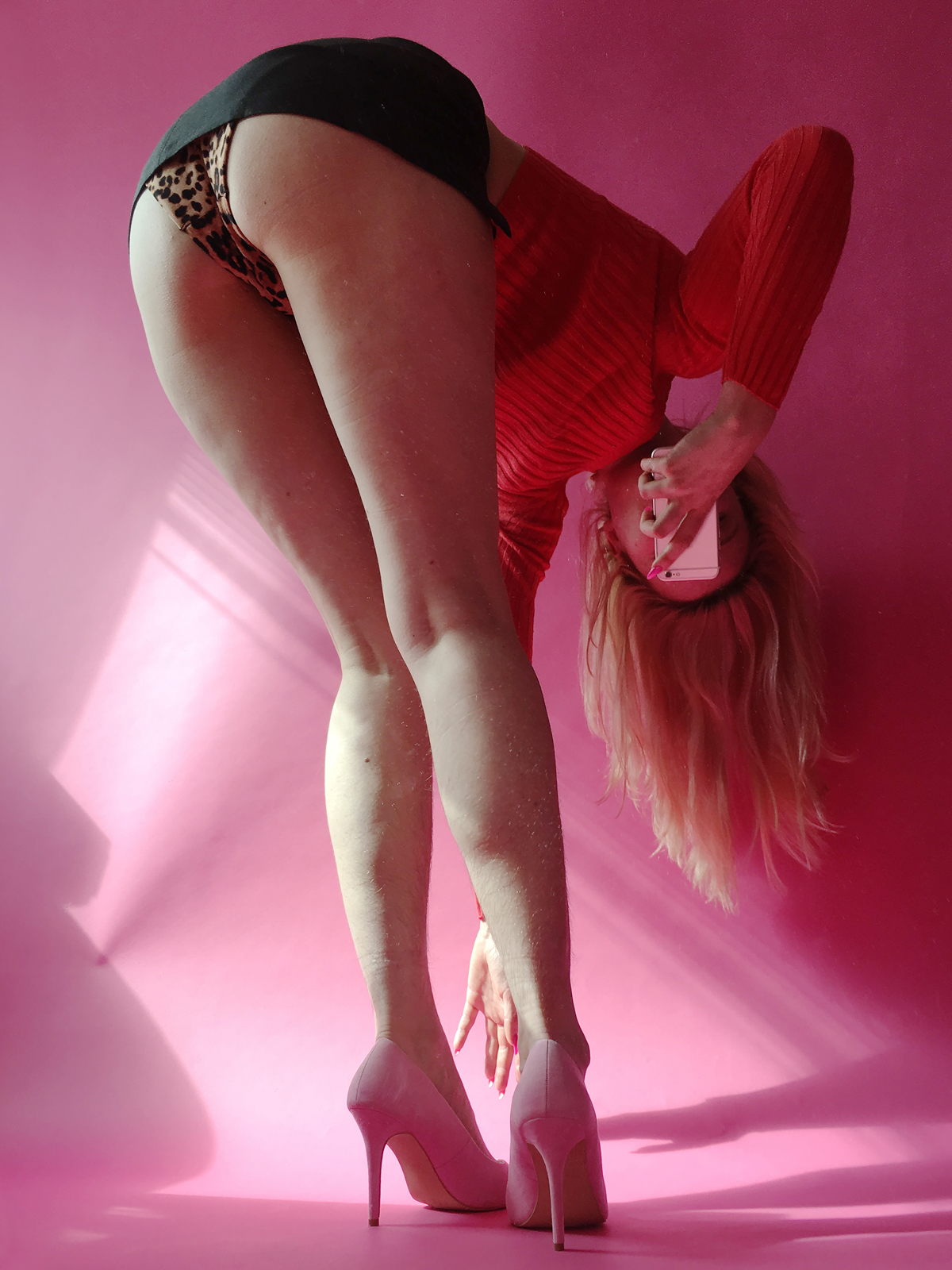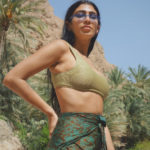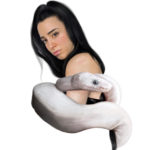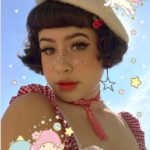Hi Shamiran, lovely to speak to you today. You have a lot of unusual and…
Arvida Byström
Interview with the swedish artist, photographer, model and social media star21 July 2020
Arvida Byström (@arvidabystrom) is a swedish artist, model, and photographer, and is a digital native who grew up using online platforms such as Instagram and Tumblr as a way to present her art. Arvida uses her artwork, often tinged with tones of pink, as a way to explore femininity and its complexities, as well as its relationship with online culture.
Her photography has been shown in art shows all over the world, and she’s also starred in front of and behind the camera for numerous influential brands and magazines.
YEOJA speaks to Arvida about how she developed her art practice, the differences between digital and physical expressions of her art, and the influence of social media.
You’re a model, an instagram star, a performance artist, an activist, and a photographer that has exhibited all over the world… what’s left for you to conquer?
Arvida: I wouldn’t call myself an activist, but that is a whole other topic so let’s leave that for another time! I wish I wasn’t so all over the place, but I’m actually spending some time sewing now and kind of love it! I’m actually making some corsets with my own photographs on them. Also I’d love to pick up music a bit more. I can’t remember where I read it, but I saw some artsy smart text where an artist or critique wrote that to be an artist is to be an amateur. I think that probably captures the post-modern artist. It’s less about a perfect craft and more about ideas.
In 2016, you were faced with Instagram deleting your posts. Ironically, this gave your standpoint as an artist a story and an audience you could work with. Did you experience any other kind of restrictions that made your art into what it is?
Arvida: I think the restriction of platforms, like how instagram only has 3 formats/dimensions for images, and how you aren’t allowed to change or add HTML, unlike earlier social platforms like Myspace, do subconsciously affect how we make art. For example, the fact that I didn’t have money to make exhibitions before, then working online made sense. Then in offline shows now I have certain restrictions due to aspects like space, money and time. Also something like the front camera on phones made it easier to take selfies, and hence there are gonna be more selfies!
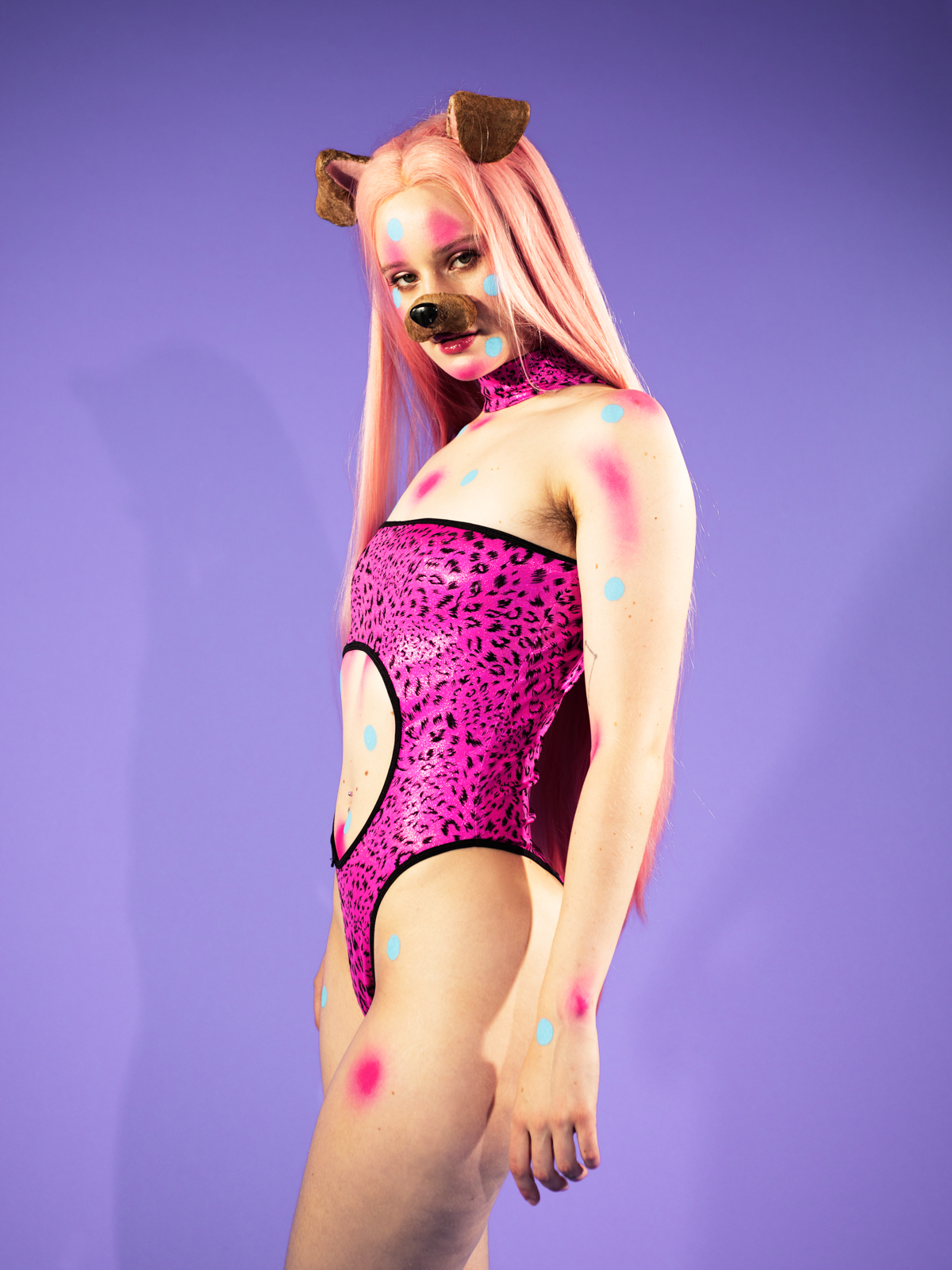
In Leipzig you were physically a part of your monumental installation, while you stay small-sized and two-dimensional in the digital realm. How was the experience of moving your art into a physical space different from your experience of showing your work digitally?
Arvida: So I have been doing art shows consistently now for about two years. I’ve exhibited some stuff in shows prior to this, but it’s kind of expensive and I finally felt like I had the money and support to do it. The upsides with doing art shows is that I love working with rooms. Having people walk around an object, having to look all over the walls and not just hanging things on a straight line, using as much space as possible and completely cramming a place with art. I like that experience. I guess it’s an answer to the exhaustion of the white cube (the traditional white-walled, square-shaped gallery style). The down side is as mentioned before, that it’s expensive and logistically complicated. To have prints that are big cost a lot of money, so you don’t want them to break. To figure a show out you need to find safe transport, a reliable person to hang the things as even though I help with this usually, it still requires more than just me, you have to make sure the stuff doesn’t break and that it is insured while hanging, and then you also have to make sure you have a storage space for your art in between shows if it doesn’t sell right away. It just makes it kind of like a black hole in terms of money. Sometimes it just feels like I have the most expensive hobby ever. Even though I do sell signed art works these days, the money coming in and the money going out at this time just breaks even.
Museum der bildenden Künste Leipzig’s exhibition which you took part in was called “Link in Bio. Kunst nach den sozialen Medien” (in English “Link in Bio. Art After Social Media”) for a good reason. But what was it like for you before? Did you consider yourself an artist before social media?
Arvida: I haven’t really existed in a grown up state without it. I was a depressed teen and started uploading self portraits when I was twelve on different online platforms. Then I had a photography blog at sixteen and I started getting photography jobs, so I think I am very much a product of social media, and my career is inseparable from it.
I do however miss desktop internet. Stationary computers where you couldn’t check your email every second and when you didn’t constantly have a tracking device in your pocket. I am kind of a 2011 tumblr kid. Tumblr was definitely for desktops, not for smartphones.
In your opinion, how has social media influenced female self-expression and perception in real life? Do you even draw a line between “irl” and “url” anymore?
Arvida: Yes and no. There is no real distinction. Or at least online life is real life. But there is definitely online and offline.I guess what the internet generally has been doing is making it a little bit easier to break through without conforming to certain rules. In my case, artworld rules. I think I’ve been doing what I’ve been doing for so long and have such a strong audience that people can’t deny my presence at this time, whereas my artwork might not have been taken as seriously if I didn’t have this online audience. But then again sometimes having a lot of followers can also be a way of being “too pop” for institutions.
Like say a lot of crafty people having a lot of followers and maybe selling stuff on etsy or having online stores making paintings, there are billions of these that can make a good living but will never be accepted by institutions. But then again, maybe it is a bit counterproductive and hypocritical to want the institutions acceptance. In one way that is giving often older men and historically toxic places more credibility, andho says anyway that these are the opinions that actually matter.
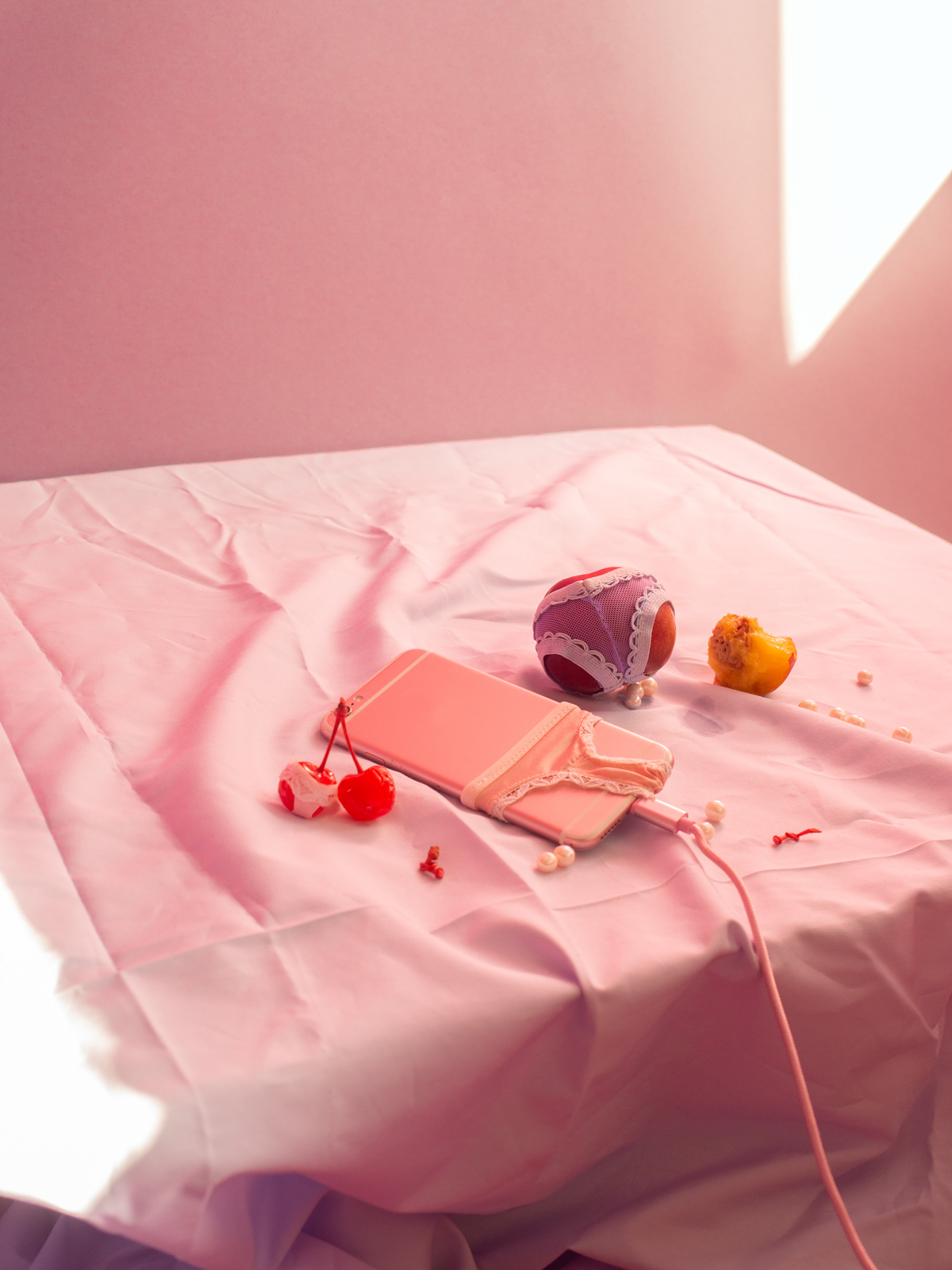
Recently, you implanted thirty NFC chips under your skin, that link to works of art. When you were a part of your installations people could approach you with their phones and “scan” you for information. What took more courage/time: getting used to having the devices under your skin or having people approach you like a device?
Arvida: With the devices under my skin, that wasn’t too scary, they are in-active, so you can’t be tracked unless you hold a device right on the chip. They are actually the same as the chips dogs and cats have. The implantation though was pretty intense as a body experience, but I like doing things like that. Just setting your mind to finish something that is unpleasant, it’s kind of what life is about. Being a friend or a lover or a family member, a lot of it is sacrifice and doing things you don’t love to make life easier for others. It was like a practice in life to do uncomfortable things! I like [what you said about] “having people approach you like a device”! I think that is one of the things I work with in a way, when objectification and subjectification happens. When it comes to people scanning me, it’s actually pretty uncomfortable and scary. I hate hearing what people are saying because I don’t like to hear in real time if they like or dislike or don’t understand something, and since you kind of become an object in that situation, I think people forget I’m actually there and they speak their minds in different ways.
We admire how your aesthetic has evolved whilst still staying true to your style. What was your style influenced by in the beginning? What inspires you now?
Arvida: Honestly it comes from me being a princess crazy pink lover as a kid, then being a kind of emo indie alt teen that loved pink, then a fashion crazy alt kid as a mid teen and then most importantly — finding tumblr in my really late teens!
It was on tumblr that I could find a way to interact, discuss and chat with people while reblogging photos that could be political, pretty, gross or whatever, and see it growing into an endless moodboard. You can go back and look at it and see what you were thinking and what things interested you at certain time periods. It’s almost like the feed explains you better and more cohesively than you can explain your thoughts and your feelings to yourself and others. It helped me make sense of myself.
The center of your new website is a 360° video of your “dog-filter-alter-ego” presenting your artistic body of work and your commercial work as well. How do you react to voices that expect commerce and art to be two separate things?
Arvida: I guess I would say they are naïve. I would love most things to exist outside of commerce if I could have it my way, but if I wasn’t doing the commercial jobs that I’m doing, there would have been no way for me to make art. No time, no money for it. But I still want to say I love the people that try and occasionally succeed doing it more separately.
Then also say that you are a person that actually does sell a lot of art in a gallery, a lot of the times the people that make a lot from selling their art, are people that make really boring paintings. Does it make them a better artist just because their art sells better?
Also disclaimer, I hate my own art sometimes and also feel like maybe I only have a lot of followers because I am a lame artist. I don’t fucking know!!
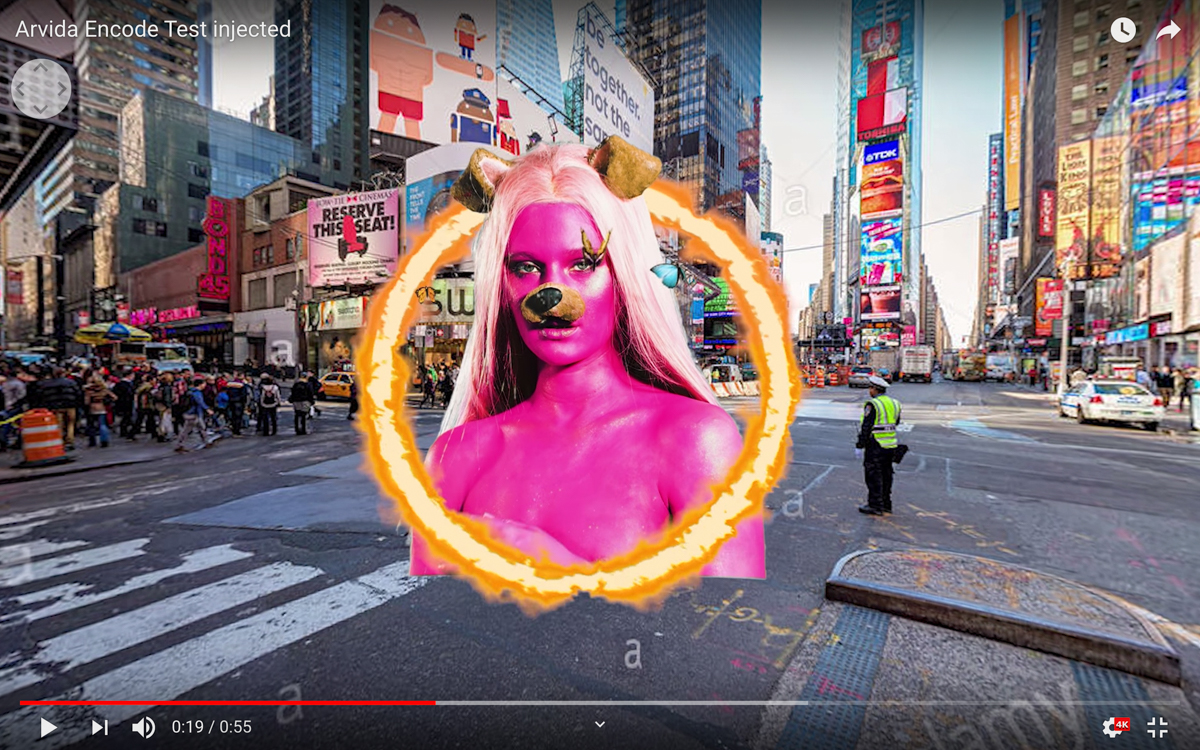
When we saw your selfie-studio, we instantly knew – this is the future: Women producing content independently from huge sets and big teams. What convictions made you the independent artist you are today?
Arvida: That was actually not my studio, but photos I shot for Ann-Sofie Back, a Swedish brand. Though I usually do a similar setup myself and also have been on big sets taking selfies. I personally love a big set though,and sorry for being gloomy today, but I kind of see the one person set as a grim way for companies to pay people less. Like kind of “You can be the model, the photographer and the make up artist yourself; so why should we pay anyone else?” Whenever I have more money I do actually get an assistant, a makeup artist, and so on. Though I do love finding great peace shooting on my own at times. Mainly because it can be so draining being around people. But that is usually when money isn’t involved in the same way, because with my own projects I usually have more time and don’t have to work on a frustrating time crunch to produce “content” as fast as possible… Which is generally the case with brands.
You produced a Gucci campaign from your selfie-studio. How long does a shoot like that take and how does the whole process work?
Arvida: I guess they were just kind of.. “influencer” photos. So those I shot completely alone. Or actually they did give me a makeup artist! Maybe it took four hours divided into two days? Or possibly six with the make up getting put on too?
We are excited to see that you have started experimenting with TikTok! What potential do you see in this platform and what is the difference for you between filming yourself and taking selfies?
Arvida: I am not quite sure yet what I think of TikTok. In one way I feel like it lures out the worst part of humans, in another way I like it because it showcases people having a humorous self distance to themselves.I think the biggest difference between video and photography though is that video is more time consuming. Both for the viewer and the creator. Which is good and bad. Good in the way that you can tell more elaborate things, bad in the way it takes longer to make and longer to watch. Makes you waste a lot of time on scrolling.
Being a web-based, femme, and LGBTQ+ artist, have you experienced a lot of discrimination from different angles? What is the most common argument you and your art were reduced by? And how did you overcome misconceptions about your artistic message?
Arvida: Generally no, but I think it is because I can tell apart bullshit critique from critique I care about. If I’m just gonna be completely vulnerable, critiques I take seriously are texts like “Closing the loop” by Aria Dean for The New Inquiry. Or maybe it is not so much critique of me as it is of the art world, but still. Though at the time of that text coming out, I don’t think I had linked selfies to feminism for some years. I find it frustrating how women and queer people in art always get expected to be role models, when art is actually more about exploring, and maybe also about humanity’s bad sides. Or at least there should be space to do both.
When people think I’m bad for being feminine or being queer or not shaving my legs, like I literally don’t care… In all honesty I think that it creates a form of fake threat at times that makes people stand behind me and “support” me when there is really no support needed. It creates a form of narrative that seems to do well on social media that “this poor person gets so much hate, help them” when it’s sometimes just a bunch of shitposting trolls hating.
But also with that said, what I do get annoyed with is that people never look for deeper purpose in my art. I work with a lot of different layers, and have also been working with photography for such a long time that I find it offensive that people think my art has to do with sex or like.. body hair?
It’s almost that to make art that gets taken seriously, it has to be ugly, because then the reason it’s invited into art rooms must be because it’s smart. By showing things that are visually engaging, I think sometimes that makes people stop looking.
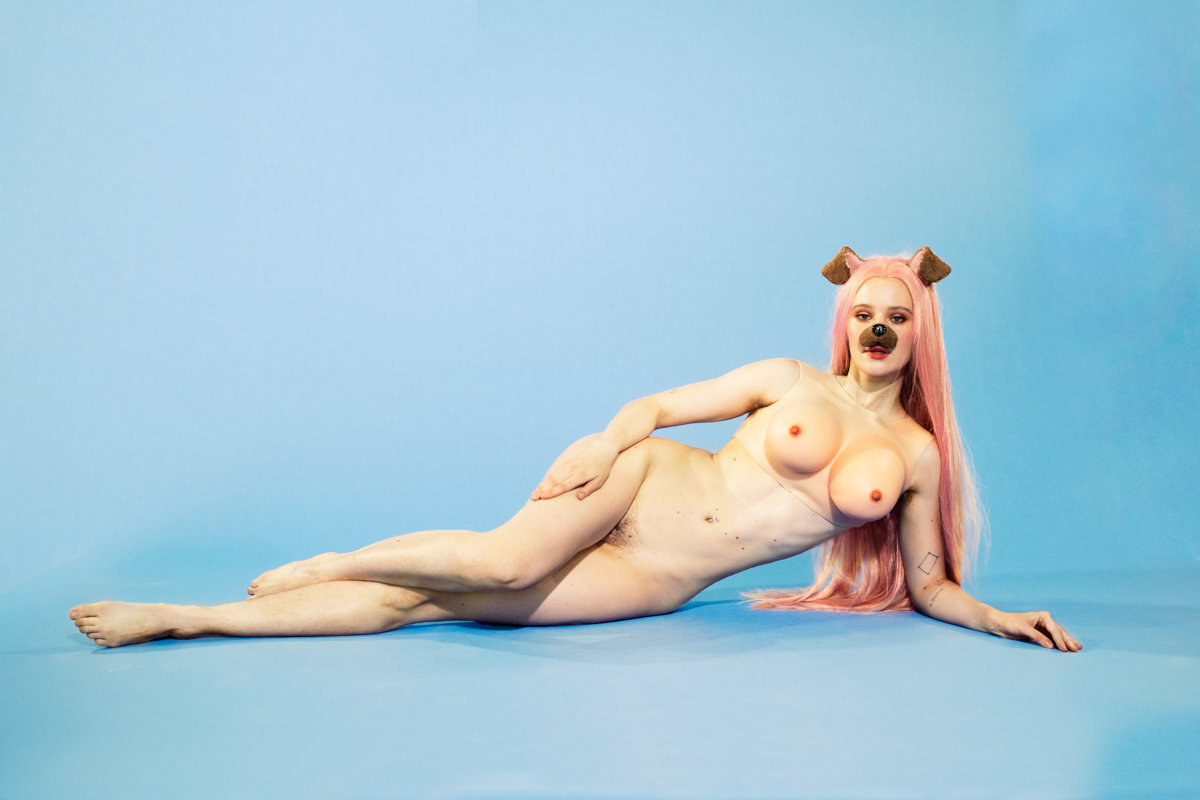
Some still see social media as a medium only suitable for superficial content, do you think this will change due to our collective experience of the COVID-19 pandemic and the #BLM movement brought about by George Floyd’s murder, especially for artists?
Arvida: I don’t think COVID will change this. It seems to me that these terrible companies and platforms owning the internet are getting more power, and of course they want us to believe that what we’re doing is great. That creating “content” is great. But also with that said, of course you can make things with depth online. We are in a time where we are increasingly encouraged to monetise ourselves, so of course a lot of things we will produce offline and online will reflect this. But doesnt mean everything is like this.
But when it comes to George Floyd of course it has been a good means of spreading information, though riots and information has been able to spread before internet too.
What are your astrological placements? Do you feel they impact/inform your work?
Arvida: LIBRA!I feel VERY libra-esque. Clearly I LOVE aesthetics. This I blame on being a Libra. I honestly do love a lot of art that has a kind of anti-aesthetic, but I couldn’t myself make this kind of art. I have to somehow like it aesthetically.
I’m not really fake like a Libra though. You can tell right away if I am uncomfortable in a situation.
_
Original artwork and photographs provided by Arvida Byström. Follow Arvida on Instagram to keep up with her work. For more Art & Culture, click here.



